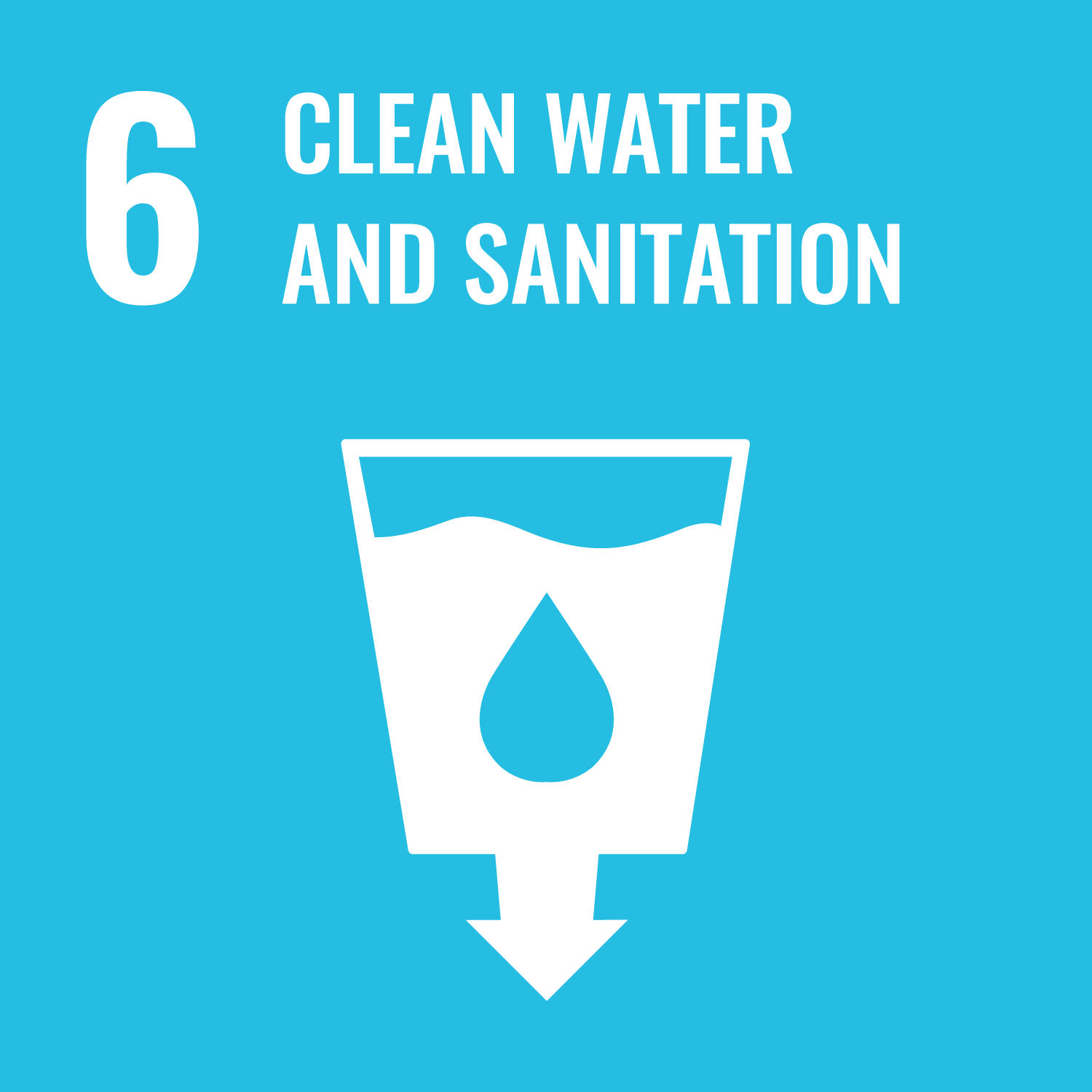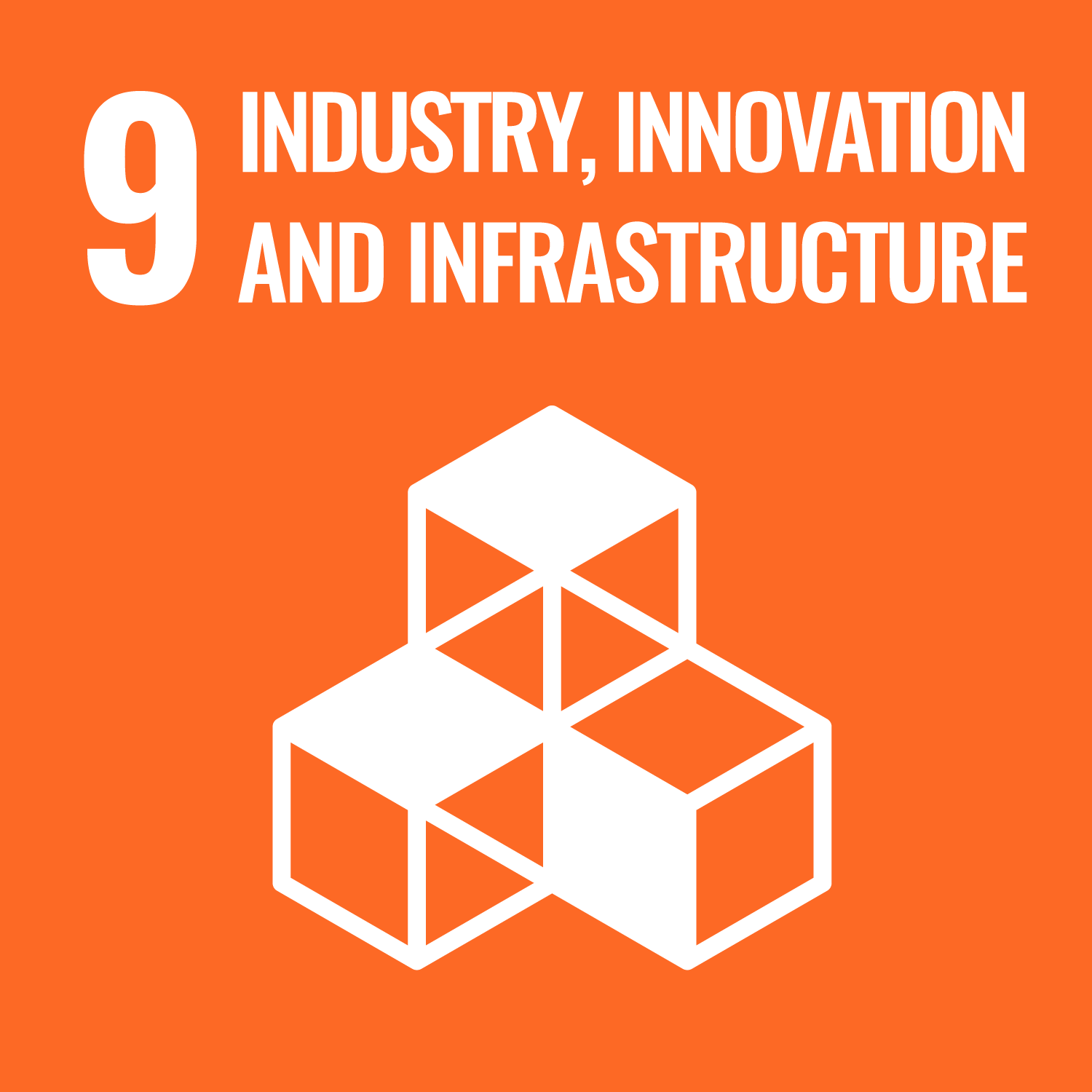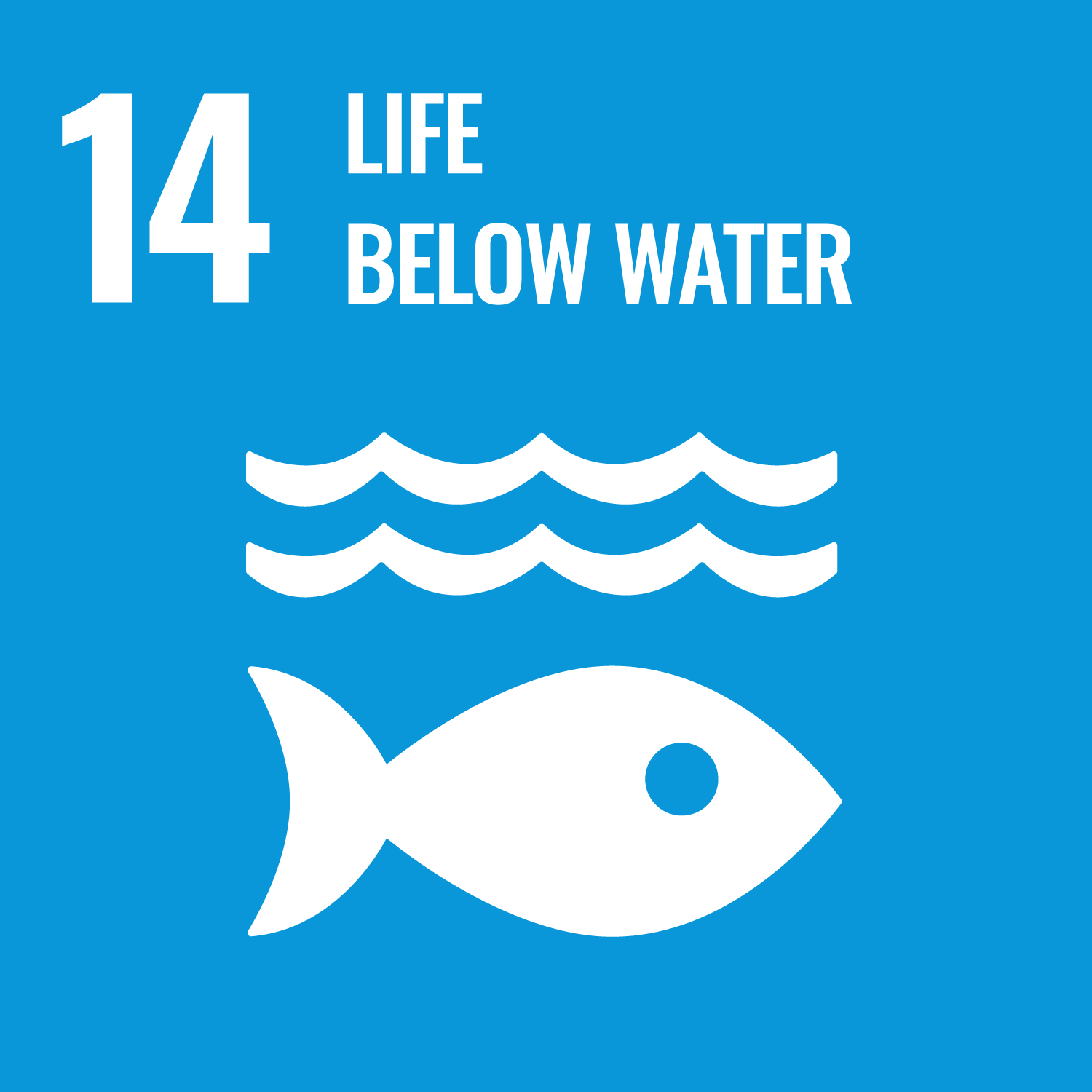Identification, origin and characteristics of bio-bead microplastics from beaches in western Europe.
ORCID
- Andrew Turner: 0000-0003-0505-4561
Abstract
Primary microplastics have been collected from 17 beaches along the Atlantic, English Channel and southern North Sea coasts of western Europe. Based on visual characteristics, these plastics were differentiated as either relatively smooth, lentil- or disc-shaped pre-production pellets (or nurdles), which were usually a few mm in diameter and were mainly white to off-white, or rougher and more irregular pellets that were slightly larger and usually black. The latter appeared to be bio-beads, or plastics that are specifically manufactured for use as biomedia in certain sewage water treatment (SWT) plants and, possibly, in other industrial wastewater treatment applications. Identification of bio-beads was confirmed following the acquisition of identical samples from a SWT plant in southwest England and a French supplier of bio-beads. Infrared and x-ray fluorescence analysis revealed that bio-beads have, at least historically, been constructed of plasticised polyethylene and, unlike pre-production pellets, contained variable quantities of potentially toxic elements: Br, Cd, Cr, Hg, Pb and Sb; with a distinctive Br to Sb ratio indicative of brominated flame retardants and antimony-based retardant synergists. It is asserted that bio-beads have been manufactured from a heterogeneous mix of recycled polyethylene and end-of-life electrical and electronic plastic, with concentrations of Br, Cd, Cr or Pb in about 50 bio-beads (out of 497 analysed) non-compliant or potentially non-compliant with respect to current regulations on hazardous plastic waste. Concentrations of Br, Cd, Cr, Pb and Sb extracted from individual bio-beads by a simulated avian digestive fluid were variable, with maximum values of about 14, 0.8, 1.3, 20 and 1.4 μg g-1, respectively. The presence and, in many cases, dominance of bio-beads among beached primary microplastics is discussed with regard to the classification of microplastics and potential impacts on wildlife.
DOI Link
Publication Date
2019-05-10
Publication Title
Science of the Total Environment
Volume
664
ISSN
0048-9697
Acceptance Date
2019-01-21
Embargo Period
2020-02-03
Keywords
Bio-beads, Bromine, Heavy metals, Marine microplastics, Pre-production pellets, Water treatment
First Page
938
Last Page
947
Recommended Citation
Turner, A., Wallerstein, C., & Arnold, R. (2019) 'Identification, origin and characteristics of bio-bead microplastics from beaches in western Europe.', Science of the Total Environment, 664, pp. 938-947. Available at: 10.1016/j.scitotenv.2019.01.281




